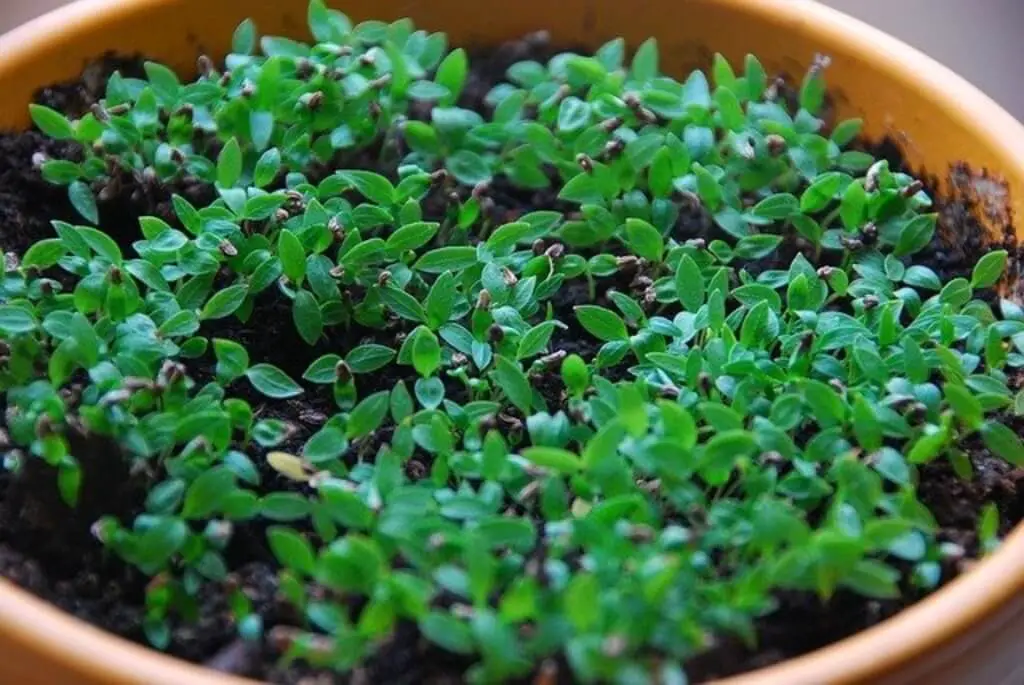14 Herbs That Are Easy To Start From Seed

Growing your own herbs is not only easy, but it can also be rewarding. You can have fresh and flavorful herbs on hand at all times for cooking, baking, or even as garnishes.
With a little know-how and some basic supplies, you can grow a variety of plants from seed with minimal effort. Here are 14 popular herbs that are perfect for beginners:
Table of Contents
Basil

Most people have heard of basil and love the taste of its aromatic oils, but if you have never tried growing basil from seed, I encourage you to do so. Because basil is a perennial, it grows very quickly. In only a few weeks, it will go from seedling to harvest in just about 3 weeks. This fast and easy-growing herb is a great choice for novice gardeners, or for anyone who just wants to have some fresh basil right at home.
To begin growing basil from seed, you should find a spot in where the plant is going to get plenty of light and warmth. You can choose any location that has direct sunlight or a window facing southward. Do not plant basil in a shaded area where it will not receive much sunlight.
Related Posts:
Thyme
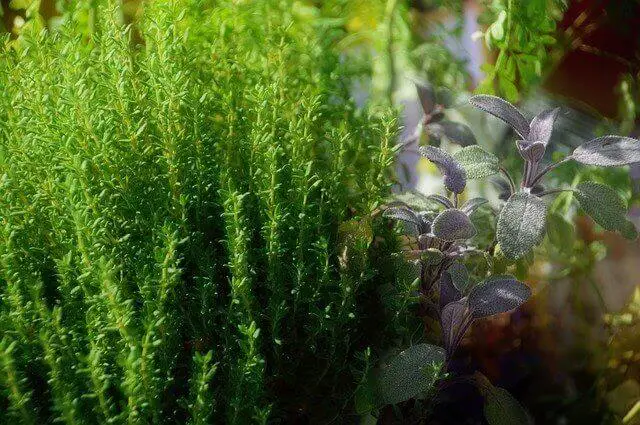
In order to grow your plant from seed, it will need a well-drained, rich soil that holds moisture well, so it doesn’t dry out. Thyme needs a lot of sunlight so try to keep an eye on it during the hottest part of the day when it’s sunny outside. You should be able to see it flowering about a month after it’s started to grow, so you’ll know that it’s growing properly before you plant it in your garden.
It will grow up to be about two feet tall, so keep an eye on it at all times. If you plant your thyme too close together, it may spread its roots to the other plants in your garden, so keep that in mind when you plant it.
Related Posts:
Lemon Verbena
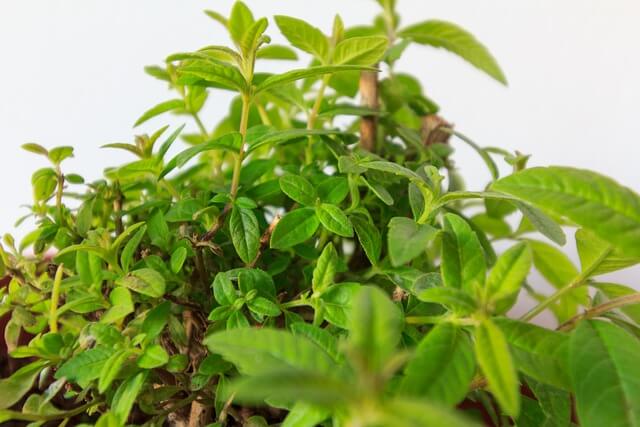
When you buy seeds for growing Lemon verbena from seed, look over each carefully to make sure that you are getting a good variety. One of the biggest problems that many people who are starting out with growing lemon verbena from seed face, is getting their plants to actually bloom.
The thing about growing lemon verbena from seed is that they tend to require a lot of extra light and water in order for them to grow properly. If you don’t provide them with the proper nutrients and light they need, they just won’t grow right.
Mint

Mint is a perennial herb with a distinctive flavor and aroma. It is native to the Mediterranean region, but it can be grown in almost any climate. Mint requires little care, making it an ideal plant for novice gardeners or those who have limited time to spend gardening.
Plant mint in a spot that gets at least six hours of sunlight per day and has well-drained soil. Plant your seeds in shallow rows about two inches apart and one inch deep. Make sure that the plants are watered daily and mulched to keep weeds at bay. Mint is a herb which can be used for culinary purposes, as a perfume or even medicine,
Mint plants are easy to grow from seed but require a little patience as they can take up to three months before they start producing leaves.
Related Post:
Calendula
The plant likes to be has to be supplied with a sufficient amount of sunlight during the growing season. The plant can be easily grown in pots but for better growth it is best that you grow it up in a fenced and secured area. Growing Calendula from seeds has a very easy procedure and there is no need to wait for long for the desired results.
You can easily notice the plants growing on the potting medium after a few days. As they bloom you can see continuous shoots emerging from the base of the plant and along with the growth you can also see small plants emerging. These small plants are actually the baby plants that are developing and are about to blossom.
Oregano
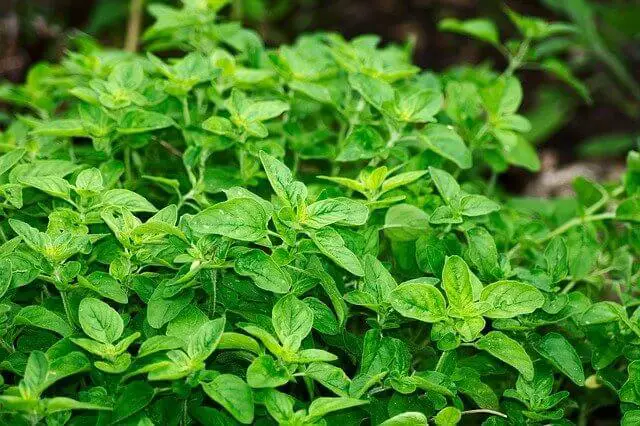
Growing oregano in a jar is an easy way to have an easily available supply of this flavorful herb for cooking and for making delicious hot sauces. You can grow it from seed or purchase ready-to-use starter plants at your local nursery and just have a small tub filled with water for growing oregano.
It really is not that difficult to get started, and the good thing about this homegrown oregano is that you can start it right away. Another plus is that you do not have to worry about a large mess to clean up afterwards. Just plant the seeds and plant the oregano, simple!
Related Posts:
Fennel

Fennel grows best in sunny and well-drained soil and it prefers full sun but will tolerate some partial shade. Avoid tilling the soil too often, as the soil should slightly drain before planting seeds. Young plants should be watered lightly, especially during the growing season, and fertilizing needs to be applied only in the second year.
Growing fennel from seeds indoors is possible but is not recommended unless the growing period is contained within a structure. In order to avoid moisture stress, plastic pallets should be used to support the plant and have the roots firmly anchored to the pallet.
Related Post: How to grow Fennel from seed?
Chives
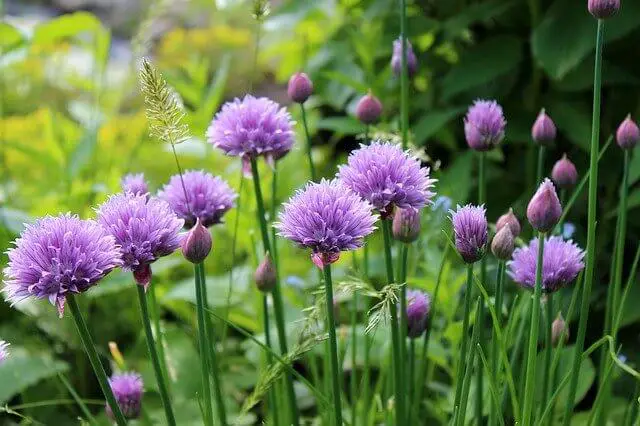
If you want to grow a garden that is full of color, flavor and a multitude of flowers, growing chives from seed is a great way to achieve that. These easy to grow plants are known for their ability to grow in various types of climates. This is a wonderful thing to consider if you live in a place where perennial flower gardens can be a challenge.
Chives are annuals that bloom for a three season period before dying back to form a new crop for the next year. They are a very forgiving plant, one that is easy to maintain and is considered an easy plant to take care of. You can get your seeds at most garden centers as well as many grocery stores.
Related Post:
Lemongrass
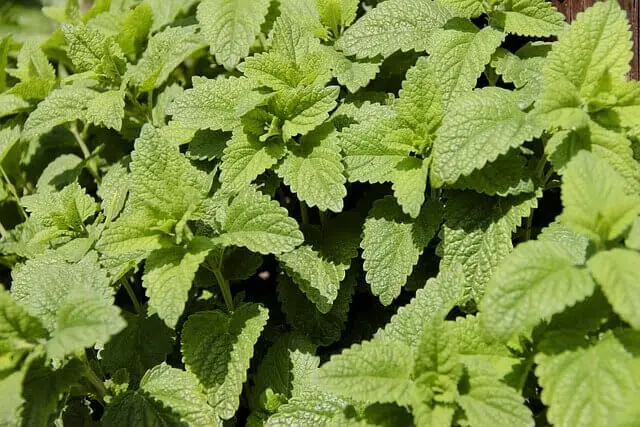
Lemongrass is a wonderful herb to grow and has many benefits. It’s often used in cooking, tea, and even perfume! One of the main benefits of growing lemongrass from seed is that it can be harvested as soon as one month after planting.
Other methods such as taking cuttings or divisions take much longer for the plant to produce any usable product. Growing lemongrass from seed is easy too – just place seeds on top of soil and keep moist.
Related Post: How to grow Lemongrass from seed?
Dill
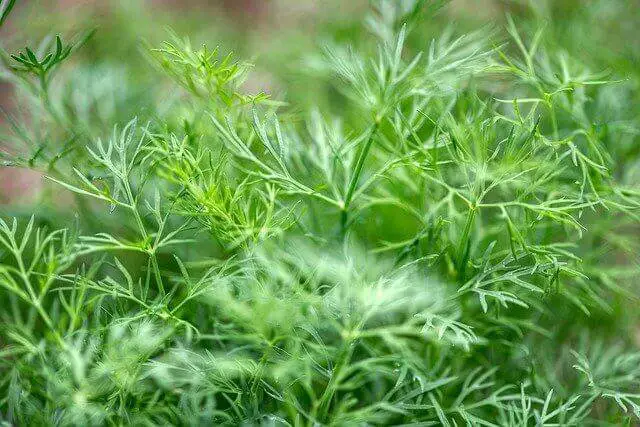
Growing dill from seed is a relatively easy process. The seeds are typically started indoors in early spring and then transplanted outdoors once the weather has warmed up. Dill can be grown as an annual or biennial plant, depending on where you live and how warm it gets there. The most common way to use dill is for cooking, but it also makes a good herb for your garden or flowerbeds because of its beautiful yellow flowers that attract bees.
Dill is a versatile herb that can be used in salads, soups, sauces and as an alternative to caraway seeds. Dill has a slightly sweet flavor with hints of lemon and pepper. It can also help to ease upset stomachs by soothing the lining of the intestine’s while providing relief from gas pains.
Related Post: How to grow Dill at home?
Cilantro

The most popular way to grow cilantro is from seed. The seedlings can be started indoors in a pot, and transplanted outdoors after the last frost date. This will provide the best opportunity for plants to thrive because they have had plenty of time to get established before being placed in their new environment.
Growing cilantro from seed also allows gardeners to choose the specific varieties that they want. Growing cilantro from seed may seem daunting at first, but it is actually quite easy. One of the benefits is that it can be harvested easily when mature and becomes sweeter as time goes on in their new environment.
Related Post: How to grow Cilantro from seeds?
Lemon Balm

Lemon balm is a perennial herb that produces an abundance of fragrant, edible leaves for use in tea and as seasoning. When grown from seed, the plant thrives beautifully outdoors where it can grow to 3 feet tall with delicate yellow flowers in summer months. Indoors, lemon balm will thrive on any windowsill or kitchen countertop if given enough light – even when the natural outdoor temperature falls below freezing during wintertime!
In order to have an abundance of lemon balm throughout the year, it’s best to start planting in early spring or late winter before any hard frosts hit your area. In some areas of the country, such as Florida and California , planting may take place year-round.
Parsley
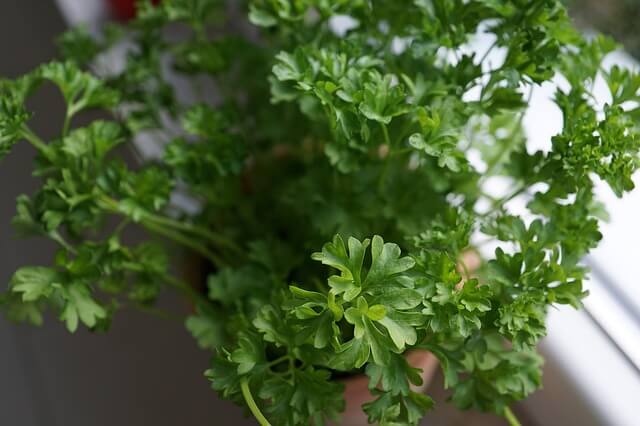
Related Post: 4 herbs that grow well with Parsley
Parsley is a plant that has become popular in recent years because of its amazing health benefits and unique taste. The best time to start growing parsley is when the weather starts getting warmer, usually around March or April. First, find a good location for your plants where they can get plenty of sunlight. Once you have chosen your spot, make sure it’s in well-drained soil, and gets at least six hours of sunlight a day.
If grown in a pot, make sure it has good drainage at the bottom or water will accumulate on top of the soil and cause rot. The seeds will grow quickly, and It takes about 3-4 weeks for the plant to grow, and you can harvest your own parsley whenever you need it.
Related Post: Simple tips on growing the best Parsley
Sage

Many people are unaware that sage can be grown from seed. Sage is an easy herb to grow and it makes a great addition to your garden or balcony. The first step is to collect some seeds and store them in an airtight container until they are ready for planting.
Sage can be grown indoors or outdoors, but it needs at least six hours of sunlight per day. Once the seeds have been planted, keep the soil moist by watering daily or every other day as needed. When they reach maturity, cut off the tops to harvest them.
Related Post: How to grow Sage at home?


